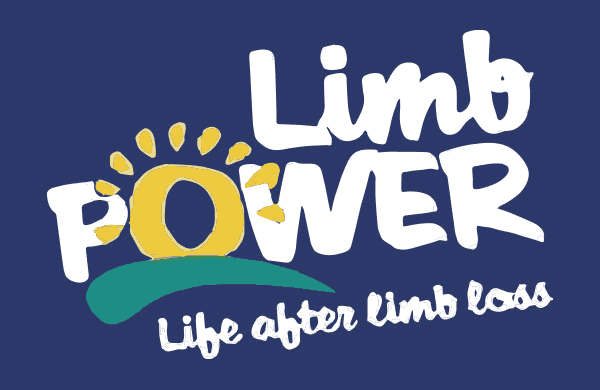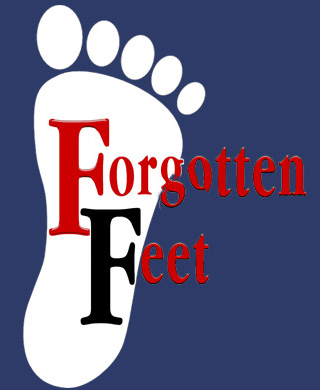A survey has revealed that 15 percent of people who suffer with blisters choose to ‘pop’ them, increasing the risk of infection, and if not treated correctly – possible sepsis.
While 21 percent of those surveyed declared that they ‘leave’ their blisters alone, 48 percent state that they use a form of plaster to cover it.
Dr. Lindsay A Hill BSc (Hons) MSc PhD MChS HCPC, podiatrist at Axis Podiatry commented: “People are under the illusion that getting a blister is simply an irritation and inconvenience but actually there is a really serious risk attached to having a blister.”
“A blister is caused by skin rubbing against a static surface like the inside of a shoe. The friction causes the skin layers to separate and fill with fluid. If they ‘pop’, the body’s natural defence is opened up to infection which is some extreme cases can lead to sepsis – a life-threatening condition.
“Fitness enthusiasts, including cyclists, runners and walkers, often think they aren’t susceptible to blisters as they wear specially fitted equipment. However, what they often don’t realise is that the structure of feet changes during exercise and responds to different conditions, so could swell more than ‘usual’ resulting in a blister.”
79 per cent of those surveyed revealed they suffer with blisters for up to five days, so it’s understandable that 65 per cent of them focus on preventing blisters by making sure they wear the appropriate, well-fitted, footwear.
Peter Broxton, brand director at PelliTec said: “Blisters can be an unwelcome effect of doing exercise, so it makes sense that where possible, people want to avoid getting them.
“The expression ‘prevention is better than a cure’ is really true when it comes to blisters. The PelliTec® Blister Prevention Pad was created with sportspeople in mind and its unique six-layer formation means not only will it protect any unwanted blisters, allowing them to heal, but can also be used to prevent them from happening in the first place.”
PelliTec® is a revolutionary blister prevention pad that relieves the pressure and pain of a blister, reduces the occurrence of blisters and reduces the risk of infection.



